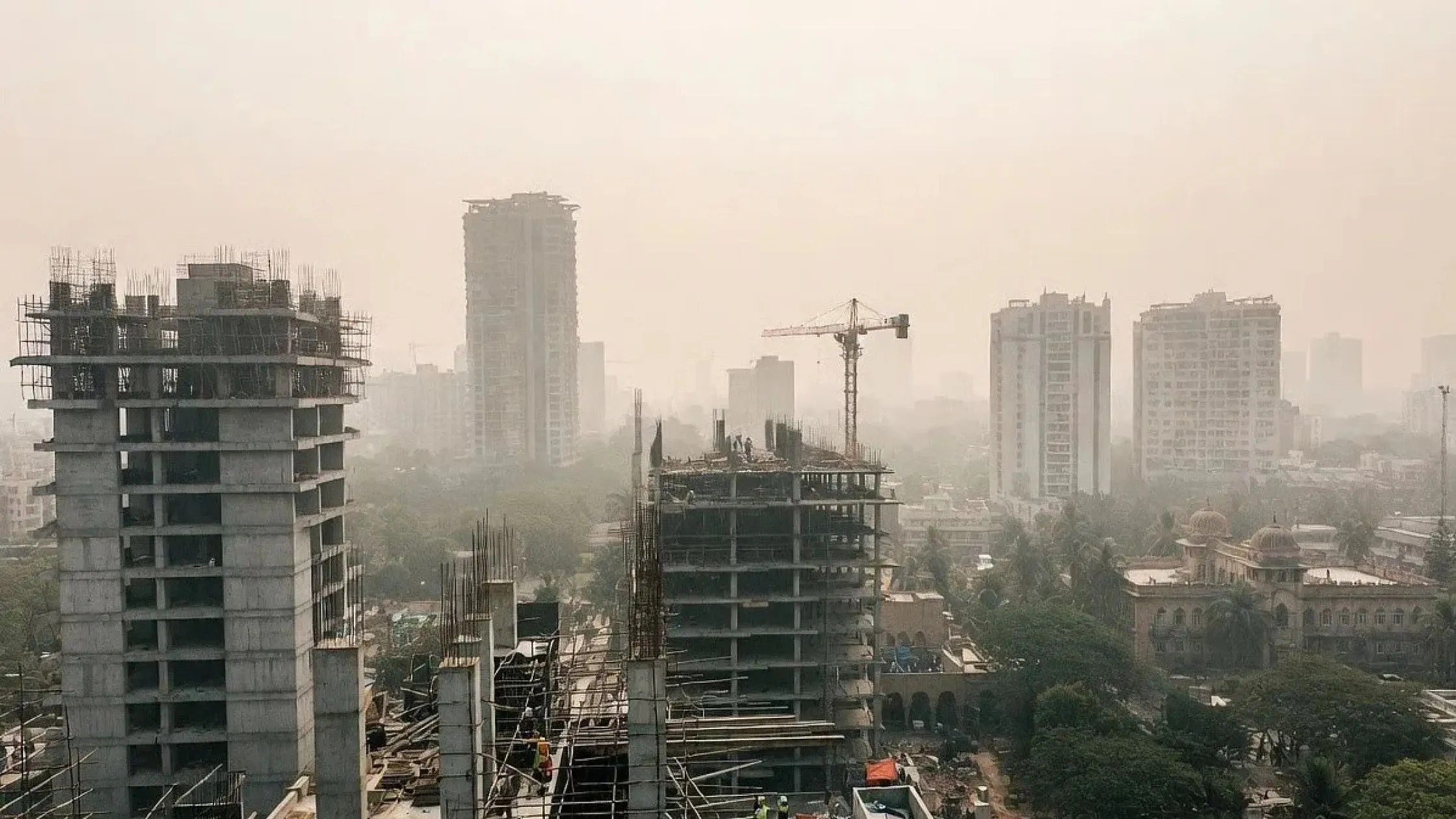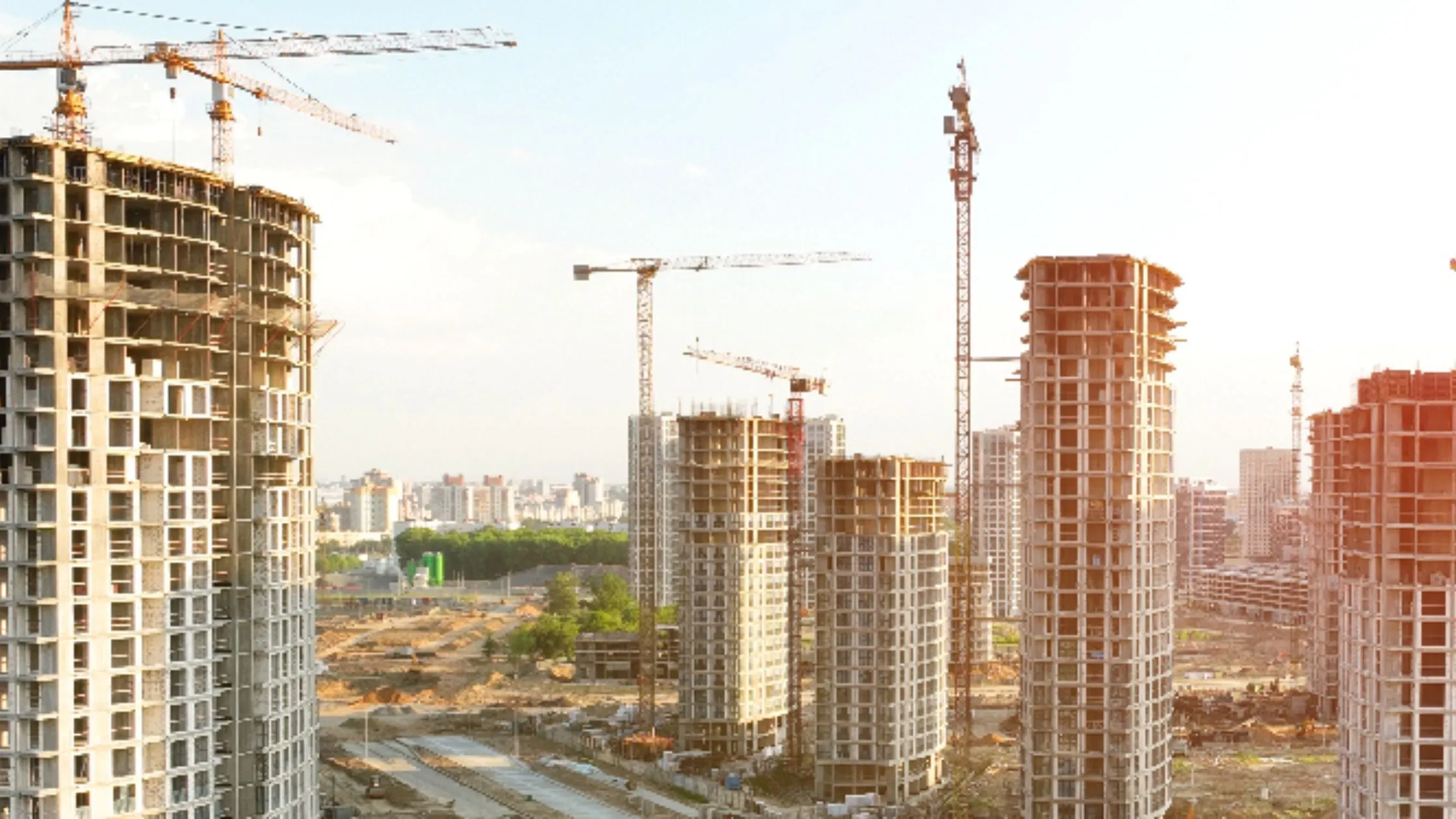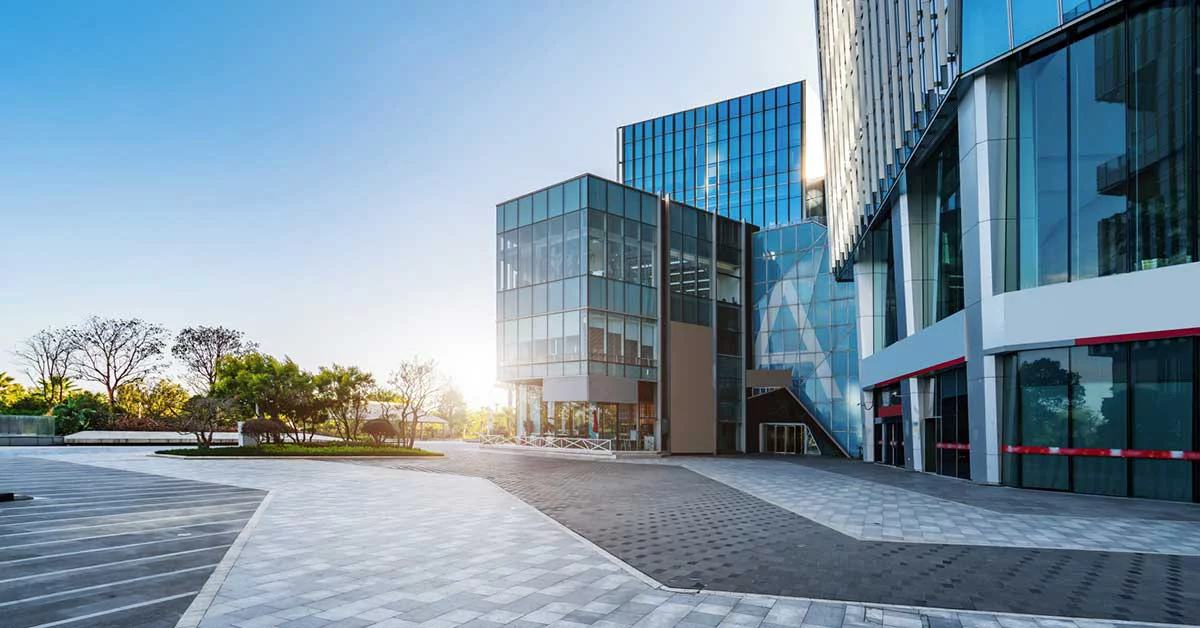Table of Content
India’s real estate market is on the brink of a major transformation. According to recent reports by CIRIL and industry analyses, the market, which currently stands at about 7.3% of the country’s GDP, is projected to nearly double, reaching 15.5% by 2047. This growth represents not just a numerical increase, but a profound shift in the country’s economic and urban landscape.
In this blog, we explore the key factors driving this boom, what it means for investors and homebuyers, and how it could shape the future of urban India.
A Snapshot of the Current Scenario
Today, India’s real estate market contributes around 7.3% to the nation’s GDP. Despite being a significant economic sector, this figure is set to surge as urbanization accelerates, infrastructure improves, and government reforms take hold. By 2047, the market is expected to contribute 15.5% of GDP, reflecting the growing importance of real estate in the country’s overall economic health.
Several factors are converging to fuel this growth. Increased urban migration, a rising middle class, and a strong demand for both residential and commercial properties are just a few of the trends propelling the industry forward. With the promise of becoming a trillion-dollar market, the transformation of India’s real estate sector is poised to have widespread implications.
Also Read: Global Cities Index Q4 2024: New Delhi Secures 6th, Mumbai 7th in World Rankings
Key Drivers of Growth
1. Rapid Urbanization
India is experiencing one of the fastest rates of urbanization in the world. As more people move from rural areas to cities in search of better job opportunities, the demand for housing and urban infrastructure is soaring. Cities are expanding, and new urban centers are emerging, driving the need for more residential and commercial developments. This shift is a major reason behind the projected increase in the real estate market’s share of GDP.
2. Government Initiatives and Reforms
The government has introduced several initiatives aimed at boosting the real estate sector. Programs such as the Pradhan Mantri Awas Yojana (PMAY) for affordable housing and various urban renewal projects are helping to streamline the development process. Policy reforms, including easier land acquisition and enhanced financing options for developers, are also contributing to an environment where investments in real estate can thrive.
3. Infrastructure Development
Improved infrastructure is a cornerstone of economic growth. Massive investments in transportation, such as metro rail expansions, new highways, and upgraded airports, are making cities more accessible and reducing travel times. Better infrastructure not only increases the value of properties near these developments but also attracts more investors to the real estate market. With enhanced connectivity, even peripheral areas are becoming attractive for residential and commercial projects.
4. Technological Advancements
The integration of technology in real estate from digital platforms for property transactions to smart city initiatives has modernized the industry. Innovations in construction techniques and building materials are also reducing costs and improving the quality of housing. Technology is enabling a more efficient and transparent market, further boosting investor confidence.
5. Rising Income Levels and Changing Lifestyles
As India’s middle class expands, so does the demand for quality housing. Modern consumers are looking for homes that offer not just a place to live but a lifestyle that includes amenities like green spaces, recreational facilities, and state of the art security. This shift in consumer preferences is pushing developers to create projects that cater to these evolving needs, thereby driving up property values and overall market growth.
Also Read: Religious Tourism Fuels Residential Demand in Prayagraj (28% Growth) and Beyond
The Economic and Social Impact
Economic Growth
The doubling of the real estate market’s share of GDP by 2047 is set to have far-reaching economic benefits. A thriving real estate sector creates a multiplier effect, stimulating various related industries such as construction, finance, and retail. Job creation is another significant benefit, as large-scale development projects require a vast workforce from engineers and architects to construction workers and support staff. This, in turn, boosts local economies and contributes to national economic growth.
Urban Renewal and Infrastructure Enhancement
Increased investment in real estate often leads to urban renewal. Older neighborhoods get revitalized with modern infrastructure, improved public amenities, and better urban planning. As cities become more organized and efficient, the quality of life for residents improves significantly. This urban renewal is essential for sustaining long-term growth and ensuring that cities can accommodate the needs of a growing population.
Social Benefits
Better housing and improved urban infrastructure contribute to a higher quality of life. When cities have efficient public transport, clean water, reliable power, and accessible healthcare, residents enjoy a healthier and more balanced lifestyle. Moreover, the aesthetic appeal of modern, well-planned urban spaces can foster community spirit and social cohesion.
Opportunities for Investors and Homebuyers
For Investors
The real estate boom presents lucrative opportunities for investors. As property values rise, early investments in strategic locations can yield significant returns. Investors are not only looking at residential properties but also commercial spaces, as improved infrastructure and urban renewal make business districts more attractive. With the market poised to contribute 15.5% to GDP by 2047, the potential for long-term capital appreciation is enormous.
For Homebuyers
Homebuyers stand to benefit from increased availability and affordability of quality housing. Government initiatives and infrastructure improvements mean that more families can access well-designed homes in vibrant urban areas. Moreover, a booming real estate market boosts property values, making homeownership a sound investment for the future. With the growing middle class and rising incomes, more people are likely to achieve their dream of owning a home, driving further demand.
Looking Ahead
By 2047, India’s real estate market is set to transform dramatically. With a projected increase from 7.3% to 15.5% of GDP, the sector will play a crucial role in the country’s economic and social development. Factors such as rapid urbanization, government reforms, infrastructure improvements, technological advancements, and rising income levels are all converging to create a robust real estate market.
As cities expand and modernize, the real estate boom will not only enhance economic growth but also improve the quality of life for millions of people. For investors and homebuyers, this presents a unique opportunity to be part of a dynamic market that is set to redefine urban living in India. Embracing this change now can lead to substantial long-term benefits, both financially and socially.
Also Read: MHADA Nashik Lottery Scheme 2025: Important Dates and Key Details

_1739342526.webp)


_1766473246.webp)


Ans 1. India's real estate market currently contributes around 7.3% to the country’s GDP.
Ans 2. The real estate sector is expected to contribute 15.5% to India’s GDP by 2047.
Ans 3. Rapid urbanization, government initiatives, infrastructure development, technological advancements, and rising income levels are key drivers.
Ans 4. Urbanization leads to an increase in demand for both residential and commercial properties as people migrate to cities in search of better job opportunities.
Ans 5. Government programs like PMAY (Pradhan Mantri Awas Yojana) and urban renewal projects are helping to streamline the development process and boost affordable housing.
Ans 6. Investments in transportation, such as metro expansions and highways, are making cities more accessible and increasing the value of nearby properties.
Ans 7. As India’s middle class expands, there is greater demand for quality housing, including homes with modern amenities, driving property values higher.
Ans 8. A thriving real estate market will create jobs, stimulate related industries like construction and finance, and lead to overall economic growth.
Ans 9. Urban renewal projects will revitalize older areas with modern infrastructure, improving the quality of life and attracting investment.
Ans 10. Investors can expect significant returns due to rising property values, with opportunities in both residential and commercial spaces.